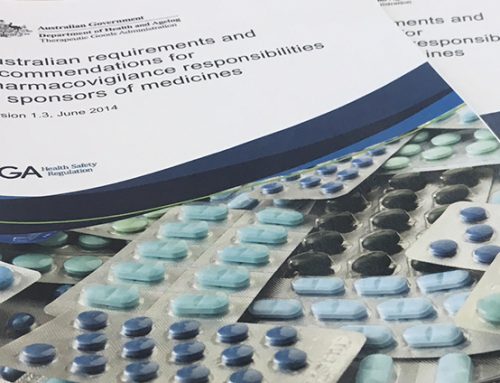An issue that keeps presenting with permitted indications is that a products indications should not be viewed in isolation but should be viewed through the lens of the overall and complete product presentation for compliance. When a combination of indications are used, the complete presentation (including pictorials) needs to be assessed, and the question needs to be asked has the individual meaning been changed or does the complete picture now imply a disease or condition. The TGA has provided the following response as to why indications aren’t classified as ‘specific’ or ‘non specific’ within the Permitted Indications Determination.
Why aren’t the indications classified as ‘specific’ or ‘non-specific’ in the Determination?
The indications included in Permissible Indications Determination are not categorised as ‘specific’ or ‘non-specific’. This is because the overall presentation of a medicine (including such things as the combination of indications; the product name and pictorials) needs to be considered to determine if indications are ‘specific’ or ‘non-specific’ for a particular medicine.
For example: the individual indication, ‘decrease/reduce/relieve skin dryness’ may be considered ‘non-specific’. However, if this indication is grouped with other indications for different ingredients such as ‘decrease/reduce/relieve symptoms of mild eczema/dermatitis’ in the medicine ARTG entry and on the medicine label, then it is likely that ‘decrease/reduce/relieve skin dryness’ would be considered, in the context of the overall presentation of the goods to be specific, due to being grouped with indications for a named condition, and therefore would require a higher level of evidence to support it in this case.








